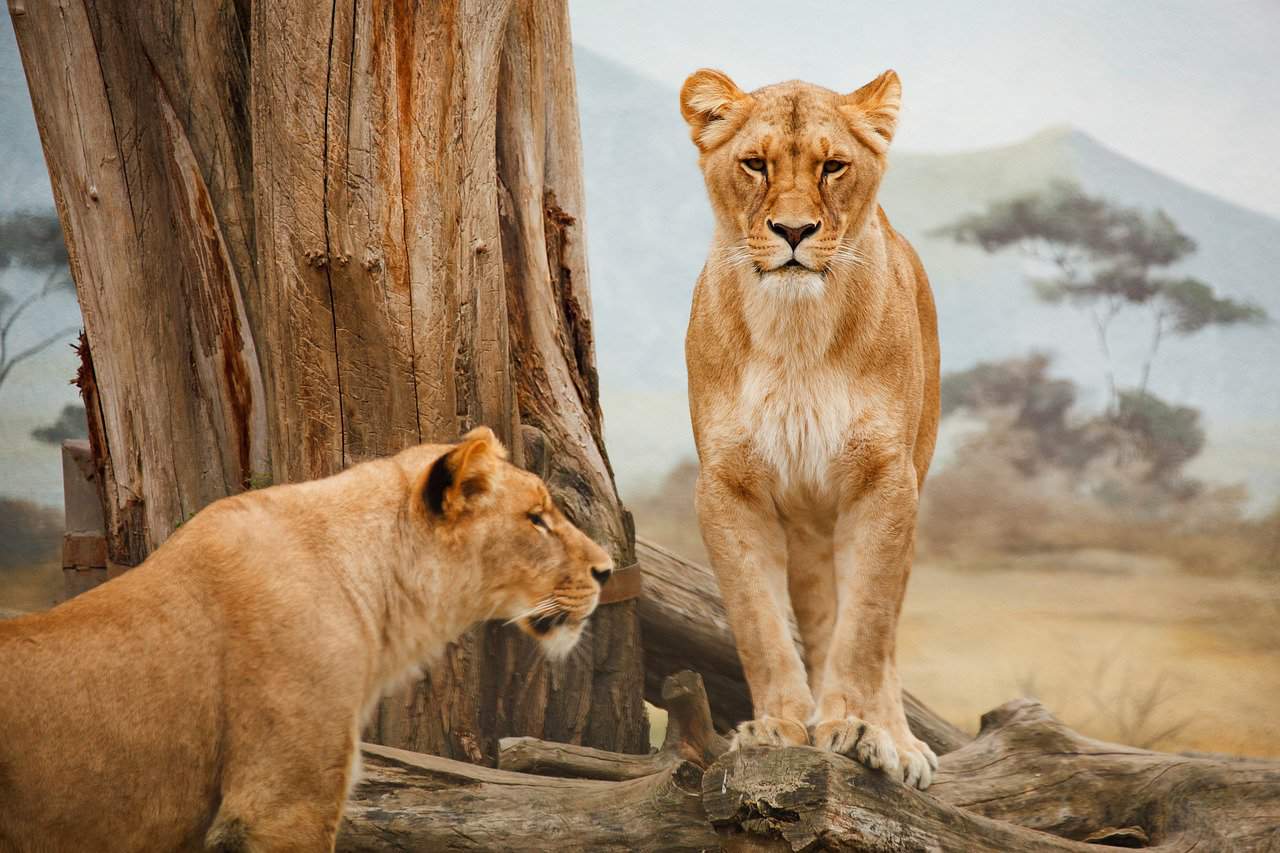
A major attraction of any African safari package is watching notable, exotic wildlife species up close. While the diversity of wildlife in the national parks and sanctuaries on this continent is there, the lure of the predator cat species is noteworthy. There are visitors with a penchant for specific aspects of such safari tours. Those who desire to watch these large cat species in their natural habitats should plan their safari trips accordingly.

Tips to plan a safari with a focus on the cat species
Those planning to witness the fantastic cat species in an African safari should do ample research and plan. Here are some handy tips to get the best outcome in this regard.
- It would be prudent to enquire with safari operators regarding packages covering the well-known habitats of these big cat species. Specific African areas and countries are the preferred habitats of wild animals like cheetahs, lions, leopards, etc.
- Veteran African safari agencies can guide visitors about the best tour timings to witness the cat species.
- Focusing on the accommodation is also essential for people planning a safari focused on the predator cat species. Some famous private game reserves and lodges are located close to the natural habitats of these animals. One potent example is the Satara rest camp at the Kruger National Park.
Picking the suitable location for big-cat-centric safaris
The big cat species are found in several locations in Africa. They inhabit most of the famous wildlife sanctuaries and national parks in the continent, though each species has specific habitat preferences. Listed here are some such suitable locations, as per the reliable resources.
- Lion- Lions prefer staying in open woodlands and grassy plains. In most of the famous national parks of Africa, one can easily spot these big cats. Kenya’s Masai Mara is a good destination for people planning to watch lion pride in abundance. Another ideal option for them is Serengeti in Tanzania. The Kruger National Park and its adjacent private reserves are also suitable lion-watching destinations in South Africa. The Kalahari lions with black manes can be rare to spot, though.

- Leopard- Leopards tend to have the most diverse habitat range, and these big cats can adapt to both mountainous environments and semi-desert regions alongside savanna grasslands. The South Luangwa Valley in Zambia is known as a hotspot for leopards. Kenya’s Masai Mara is also ideal for leopard lovers, and Laikipia is another.
- Cheetah-Bearing a close resemblance to Leopards, cheetahs tend to be more agile and lightweight. They prefer staying primarily in forests and grasslands. Some popular spots to watch Cheetah include- Serengeti, Masai Mara, and the Okavango Delta of Botswana. They are easy to spot during the dry season. The central highland region of Namibia has a cheetah rehabilitation sanctuary as well.
Summing it up
Booking a safari package with plans to watch the big cat species in Africa is an excellent decision. However, the ultimate experience will depend on several factors, such as the agency chosen, the timing of the year, and package components like game drives and vehicles chosen. For more insight on this, checking portals like Safari.com can be helpful.
Please visit:
Our Sponsor
